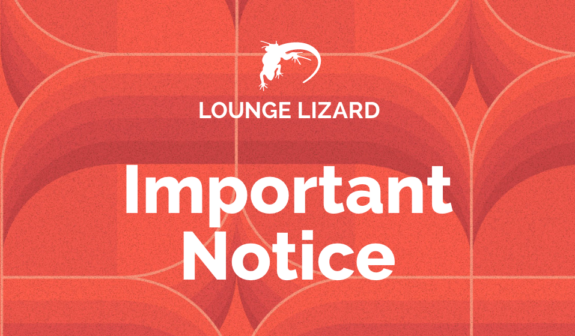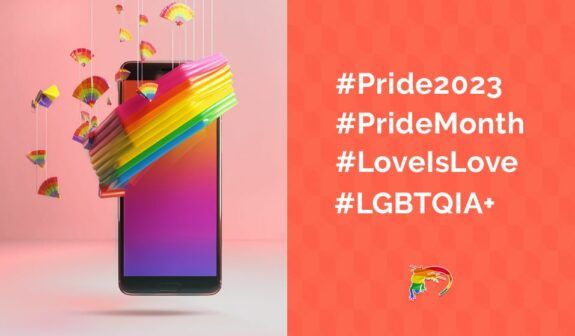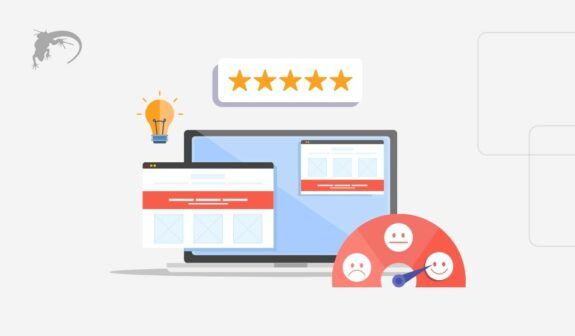How These 10 Brands Are Using Heritage Content To Drive Better Results
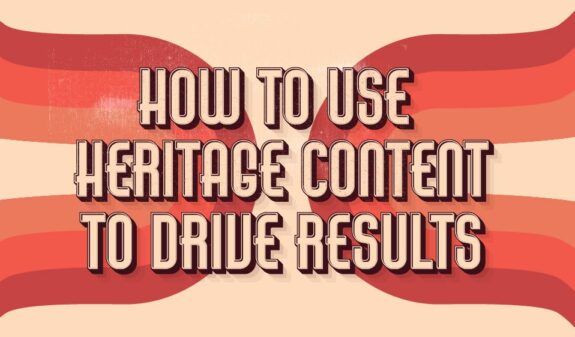
As a marketing professional, you probably spend a lot of time thinking about how you can use content marketing to better engage with your target audiences.
Did you know that heritage and nostalgia consistently perform well?
After all, there’s a reason you’ve seen so many #ThrowbackThursday and #FBF posts over the years.
History is a comprehensive record—the who, what, where, when, why and how of the past. Heritage, on the other hand, is selective: It is what we choose to remember, how we tell the story and why it matters. Some expressions of heritage are visible and conscious, such as rituals and traditions, founding stories, and oft-cited examples of innovation and success. Other elements of heritage lie below the surface—think values, elements of culture and the long-forgotten reasons behind “We’ve always done it this way.”
Effectively deployed, heritage adds depth, substance and content and evokes emotion and connection that can help build credibility and trust. It uses authenticity to strengthen a brand’s promise and support its track record. An added bonus: This type of content can be really fun!
Wondering what heritage can do for you? Here’s how 10 different brands have incorporated heritage into their digital presences.
1. Authenticate your future strategic direction: Verizon
Technology is all about what’s next—and when you’ve always been at the forefront of innovation, your past is an incredibly validating and valuable resource. While Verizon is a 21st-century enterprise, the tech giant’s history stretches back to the dawn of the telephone through its legacy companies.
Verizon created an in-person and digital storytelling experience to root employees in the company’s new purpose and showcase its impact in the context of telecommunications history. Its heritage content brings Verizon’s purpose to life by showcasing connections between the company’s past innovations and what it is doing today to move the world forward. Learn more about the story behind this award-winning campaign.

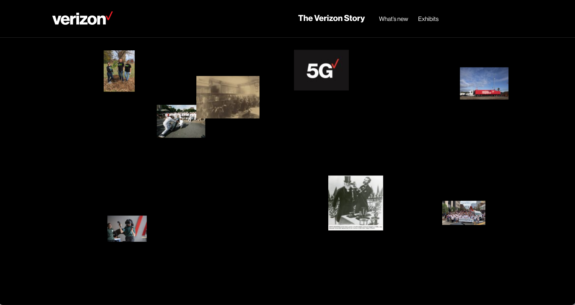
2. Differentiate your brand: Novo Nordisk
Though other brands can copy your ideas or structure, they can never replicate your brand heritage.
Novo Nordisk has been pioneering diabetes care since the early 1920s. To differentiate itself in the pharma business, Novo Nordisk showcases its role as a top innovator in its field. Its social media, homepage and a dedicated digital exhibit share stories of how Novo Nordisk employees and products have been changing lives since the beginning.


3. Attract talent: S&P Global
Brand heritage can move the needle not just with current employees but also with prospective hires, demonstrating that you’re a consistent powerhouse of talent development
After S&P Global rebranded from McGraw Hill Financial, one of its focuses was building a career site that better showcased its talented and diverse workforce. The financial brand turned to its people to share what it’s like to work at the firm, while also framing the site around its heritage. The people who built S&P Global’s legacy companies were pioneers and thinkers, and the site challenges new hires to “find your place in S&P’s legacy.” A company whose employees have embraced innovation for over 160 years—that’s the type of culture you want to join.
How else did S&P Global embrace its heritage? By drawing on it to inspire a new employee value proposition and validate its new brand positioning.
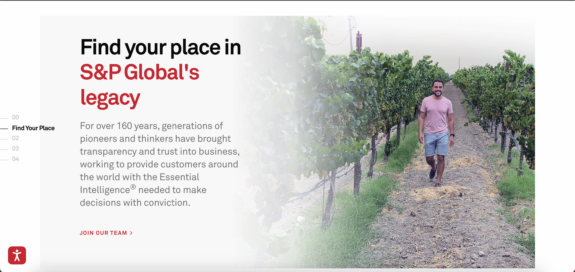
4. Inspire and inform innovation: PUMA
It might seem odd to look backward for inspiration or to spark innovation, but often that’s just what you should do. Many of the world’s most famous brands have archives filled with physical and digital artifacts for employees to access. Putting those materials into context can help ground employees in how previous generations tackled problems, engage people with the brand and demonstrate how it evolved and where it can go next.
PUMA overhauled its archives in the late 2010s to include 360-degree scans of its shoes, which shoe designers and other employees can access. It also has a website dedicated to sharing stories from the archives about its employees, products and athletes. For a more literal example, check out the PUMA Archive Remastered collection, released in 2023 for its 75th anniversary.

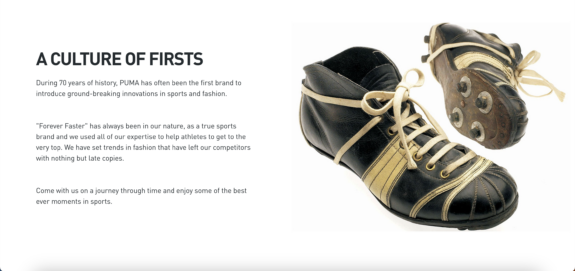
5. Sustain brand loyalty: Ford
There’s a reason brands like Ford have played into nostalgia in recent years: The past is powerful. By highlighting favorite products, events or services from your past, you can remind customers why they loved your brand in the first place.
At the Ford Heritage Vault, Ford encourages enthusiasts and the casually curious alike to dive into its extensive digital archives. Audiences can shape their own journeys or browse through curated highlights.
Listen to our podcast to hear how Ford is drawing on its archives and history for initiatives such as the relaunch of the Ford Bronco.
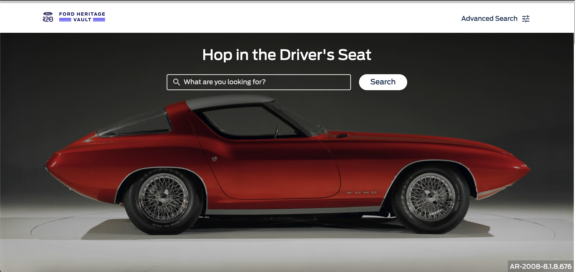
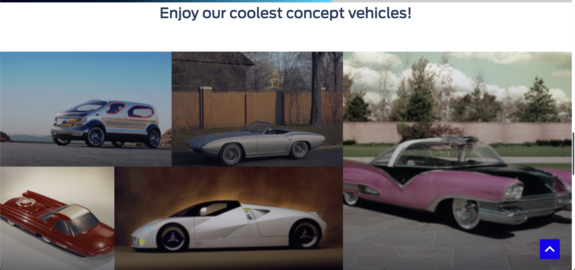
6. Validate ESG and other efforts: Patagonia
Many companies participate in ESG reporting and are making strides toward sustainability, diversity and community involvement. Not as many, however, can claim that caring about these is truly part of their brand DNA. By showcasing your company’s earliest efforts alongside its current progress, your brand can stand out.
Outdoor brand Patagonia is known for its sustainability efforts. How it shares this story, however, also sets it apart: Patagonia openly traces its sustainability roots back to failure. In 1970, the company’s founders—both avid climbers—realized that their pitons were inflicting damage on the mountains they loved. As a result, they decided to redirect their efforts and invest in more environmentally friendly products.
Facing a challenge with your product, admitting something is wrong and taking preemptive action: That’s a story that resonates and validates Patagonia’s current ESG efforts with employees, customers and investors alike.
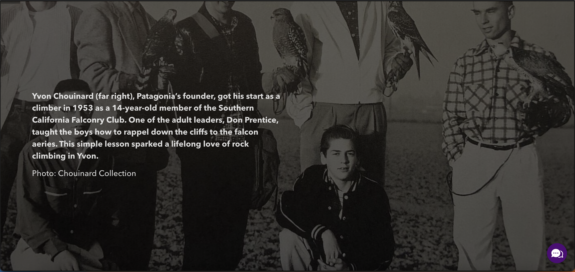
7. Reignite corporate culture: Southwest Airlines
Many brands celebrate major anniversaries as a way to connect with customers. But a milestone is also an opportunity to connect with employees and rally around your mission, vision and values.
Southwest Airlines was set to mark its 50th anniversary in 2020—then COVID-19 hit. As the airline industry faced an unparalleled existential threat, Southwest drew on its heritage to share 50 years’ worth of stories about how it had faced previous challenges and come through stronger. These helped rally employees and strengthen corporate culture during the worst crisis the company had ever faced. Find out more here.
Southwest continues to use its heritage to showcase how its culture has, and continues to, set the airline apart from its competitors. For example, Southwest has used material from its archives to create videos for TikTok that, perhaps unsurprisingly, are some of its best-performing content.
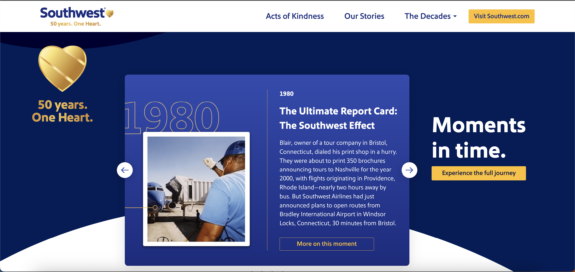
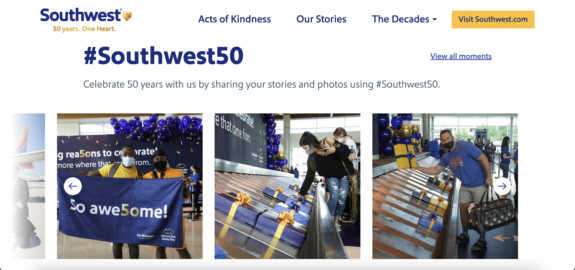
8. Drive revenue: Adobe
Limited editions, special series, throwback merchandise, anniversary deals, ambitious campaign goals—heritage is made for these types of revenue and engagement strategies.
To mark the anniversary of the first banner ad, Adobe Experience Cloud spotlighted the pivotal role it has played in the development of the digital marketing industry. To support that claim, it issued a report showing the evolution of digital marketing and discussing its future, illustrated with infographics and sharing anniversary-related articles—all with links to Adobe’s offerings, of course.

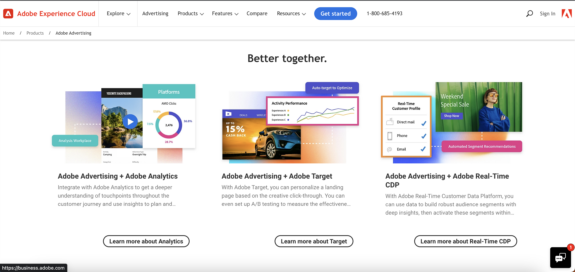
9. Make your brand hip: Sprite versus Pepsi
To demonstrate your brand’s relevance, show how it’s connected to big moments or movements in history. These associations can help audiences think about your brand in new ways. The only catch is that the connection has to be authentic, not forced or appropriated. Which of the following brands is doing it better? You decide.
This summer, Sprite showcased its historical connections with hip-hop via its Summer of Drops, releasing collaborations, merchandise and special experiences to celebrate hip-hop’s legacy.
Pepsi Max joined in too. In collaboration with the estate and family of the Notorious B.I.G., the brand is celebrating the 50th anniversary of hip-hop with a campaign honoring Biggie that’s grounded by a recently discovered freestyle about the legendary rapper’s love of Pepsi.
10. Use your origin story as the foundation of what sets you apart.
Entrepreneurial companies are founded on ideas that their founders believe can change the world. In many cases, those origin stories endure as relevant touchstones that continue to set those companies apart.
Salesforce uses its origin story and subsequent evolution to highlight how it has earned the trust of its customers ever since it launched the software as a service (SaaS) model that changed the technology industry forever. An industry leader in cloud-based and subscription-based models since day one, Salesforce continues to lead what it calls the “Salesblazer movement.”
What do enterprises that make the most of their brand heritage have in common? They know their story, tell it well and tell it often.
When you share real stories from your recent or far-off past—about your people, facing challenges, emerging with innovative solutions and more—you can connect audiences more deeply with your brand and support organizational objectives at the same time.
How will you use your brand heritage to create content that moves people?
Jason Dressel, CEO, History Factory
History Factory works with the world’s best companies to use their history and heritage to drive measurable business results. Since 1979, clients have turned to History Factory for research and insights, award-winning creative work and archives management to preserve memory, strengthen culture and bolster brands.
